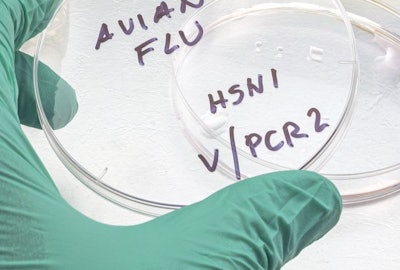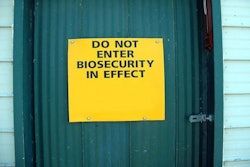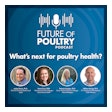
When it comes to controlling avian influenza (AI), the poultry industry may be able to learn a few lessons from China’s recent change in approach to controlling COVID-19.
China’s zero-COVID policy served it will when no vaccines were available and strict containment was the best measure available. However, this approach was not sustainable and, on December 7, China’s government issued a series of 10 new disease containment measures. Among them, is that high-risk areas should be precisely identified, and vaccination of the at-risk population accelerated.
The former Chinese approach to COVID-19 is not dissimilar to our approach towards AI in poultry, and perhaps, we too, should reconsider our approach to the virus.
The quarantine and stamping out method used for many decades to contain AI was conceived at a time when outbreaks were rare and localized, and vaccines were not really effective. Culling millions of birds was our best option, but circumstances have changed.
From a societal standpoint, can we really justify culling healthy birds that happen to be within the 3-10 km area around an outbreak deemed the control zone? In the light of availability of effective vaccines, pressure to reassess the risk-benefit of culling is likely to increase.
Similarly, confining birds in barns should be re-evaluated from a welfare standpoint. Confining birds does, indeed, reduce disease risks but it impacts the expression of their natural behavior.
Further example
Vaccines against COVID-19 have lifted the world out of confinement. While the coronavirus regularly mutates, the pharmaceutical sector has learned to quickly adjust its vaccines to provide the best protection against prevalent field strains.
We have the same option with AI and should take advantage of it. The millions spent worldwide in culling campaigns and compensations may be best used for a thorough and global field monitoring in domestic and wild birds, with rich countries assisting the ones with less financial means. However, vaccines against AI will be effective only if they are used as an additional layer of protection to strict biosecurity measures. and not as a means to lower our guard.
Vaccines and epidemiological surveillance have been our way out of the COVID-19 pandemic. Should the same approach not be used with AI?

















